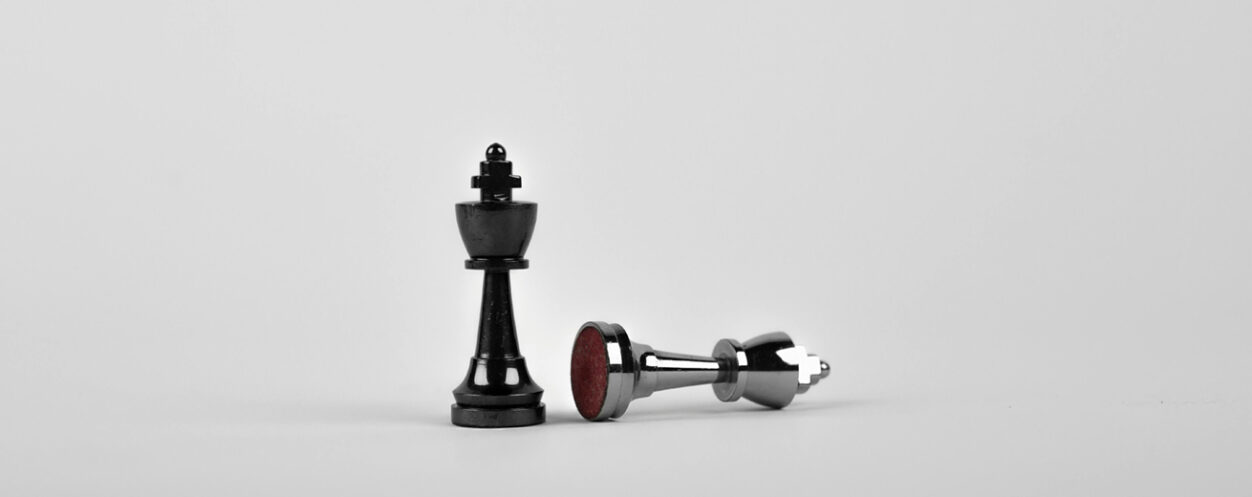You only have a limited amount of emotional and mental energy to give in any 24-hour period. What do you want to spend it on?
As a person in business, each day can feel like a new rollercoaster of experiences and emotions. One minute you’re engaged in an exciting sales call with a large potential client, the next you’re in an anxiety-filled strategy meeting. One minute you’re putting your best foot forward to deliver a presentation, and then you’re comforting your child after a hard day at school.
Every day is a new adventure. New challenges to be solved, new opportunities to seize, new connections to be made.
People often ask my advice on how to juggle the constant emotional gear-shifting. How do you stay present with so many responsibilities? How do you prevent yourself from carrying around emotional baggage from one thing to another?
The answer is something I’ve discovered throughout the years, and which I believe is a key factor for all high achievers. It’s called…
Compartmentalization.
The best way to describe compartmentalization is like having different hard drives in your brain where you store different parts of your life (and the emotions that come with them). This is how our minds are able to cope with conflicting emotions and ideas all at once.
An example is shutting off your thoughts of work at 6 pm so you can spend quality time with your family. Or celebrating with full joy at a family wedding after failing to close an important deal at work earlier that day.
This is not easy, and it takes practice, but it’s hugely important. You only have a limited amount of emotional and mental energy to give in any 24-hour period. What do you want to spend it on?
Once you decide, be 100% present while focusing on that thing, and file the others away in their designated hard drives in your brain.
Here are 4 Ptex Practical Pointers for mastering the art of compartmentalization.
1. Pause.
Take a five-minute break between activities to hit “clear” on your mental calculator and file away the experience you just had—you can return to it later.
2. Isolate the challenge or situation from everything else.
A good visual exercise is to imagine you’re walking into a room where only this activity exists and closing the door behind you.
3. For a short period of time, focus intently on that situation/challenge/activity.
Do this until you see some progress or growth, no matter how small.
4. If something comes up in your life that doesn’t deserve its own compartment in your brain, then say “no.”
So it doesn’t detract from the things that do.
There is another way to apply this concept to your business on a larger scale.
When something in your business is not going the way you want it to go, it’s easy to feel like your entire business is a failure. When I speak to struggling business owners and they tell me that their entire business is going down the tubes, I ask them to stop, take a deep breath, and try to pinpoint the issue(s). Is it a cash flow problem? A toxic employee? Not enough sales? A cramped office space? There’s a good chance that only one or two parts of the business are not going well, but many others are.
Compartmentalizing helps you separate the good from the bad, so you can focus on fixing what’s going wrong, and be grateful for what’s going right.

